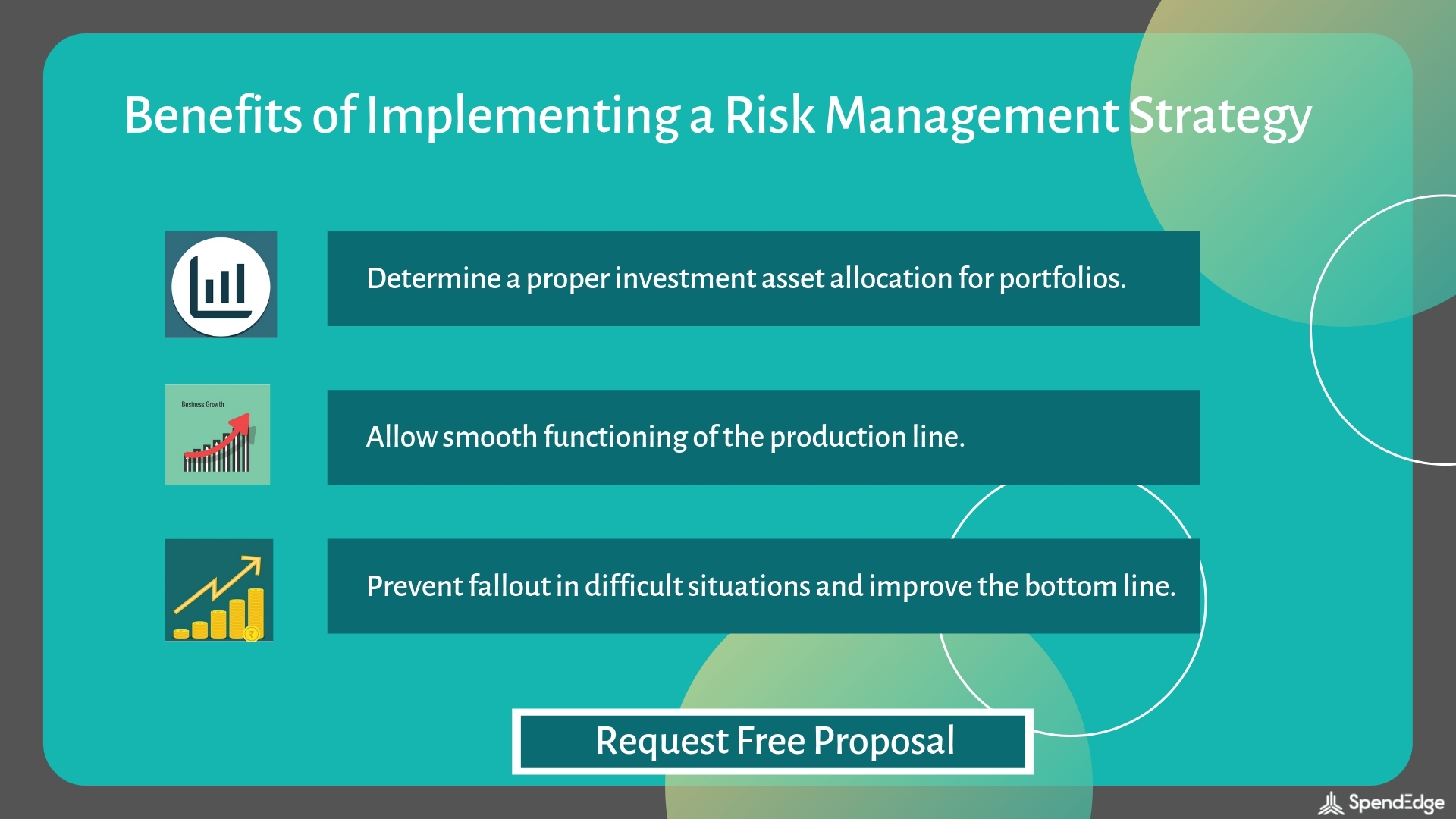How the Importance of Risk Management Drives Successful Project Outcomes
How the Importance of Risk Management Drives Successful Project Outcomes
Blog Article
The Vital Significance of Risk Management in Getting Business Objectives
In the rapidly progressing company landscape, the ability to browse uncertainty has ended up being a necessary. This is where Risk Management actions in, giving an organized technique to recognizing, examining, and mitigating potential roadblocks to proceed. It's greater than simply a safety action - it's a critical device, fostering resilience and advancement. As we discover the critical function of Risk Management in accomplishing organizational goals, one can not ask yourself yet help: just how does this convert into real-world success?
Recognizing the Concept of Risk Management in Organization

The Essential Role of Risk Management in Strategic Planning
Incorporating Risk Management right into calculated preparation works as a guard for organizations, anchoring their lasting strategies with a strong structure of readiness and strength. It operates as the organization's radar, discovering prospective dangers and susceptabilities that could disrupt the course in the direction of accomplishing their stated purposes. Risk Management provides a structure for preparing for unpredictabilities and creating appropriate actions, ensuring the organization's survival and success also despite difficulty. By including Risk Management right into critical planning, companies can change these uncertainties into possibilities for development and innovation. This calculated interweaving of Risk Management cultivates flexibility, making organizations a lot more robust and allowing them to navigate the ever-changing service landscape with confidence. Risk Management comes to be an essential device in critical planning, important in protecting lasting success.

Techniques for Identifying, Assessing, and Focusing On Dangers
Browsing the facility landscape of risks calls for the application of certain strategies for their prioritization, analysis, and identification. The procedure starts with Risk recognition, employing devices such as SWOT analysis, which aids in identifying potential risks and possibilities. Next, Risk assessment is performed to identify the prospective impact and probability of each Risk. Devices such as Risk matrices and impact-probability charts are made use of for this. Finally, threats are prioritized based upon their prospective influence and likelihood, allowing organizations to focus their sources on critical risks. This organized approach ensures a comprehensive understanding of the Risk landscape, allowing organizations to make informed decisions and check that properly take care of threats to achieve their goals - importance of risk management.
Protecting Business Operations Through Reliable Risk Management
In the company landscape fraught with unpredictabilities, reliable Risk Management plays a critical duty in protecting business operations. It serves as a safety guard, alleviating the unfavorable results of prospective threats and ensuring the like it smooth functioning of all procedures. By recognizing and assessing prospective hazards, Risk Management makes it possible for organizations to develop durable backup strategies. This preventive technique help in keeping operational stability, also when challenged with unforeseen situations. Fundamentally, Risk Management is the lifeline that keeps the organizational procedures afloat among rough waters. It makes certain not only the survival yet the sustainable growth of an organization, making it a crucial tool in achieving business objectives. Therefore, companies have to buy comprehensive Risk Management approaches to protect their operations.

Transforming Possible Threats to Opportunities: The Power of Risk Management
A proactive approach to risk Management entails determining, analyzing, and prioritizing threats to create techniques that transform them into prospective advantages. Hence, by leveraging the power of Risk Management, organizations can not only safeguard their operations yet also spur development and achieve their goals in an unforeseeable service atmosphere.
Situation Studies: Success Stories of Risk Management Driving Service Objectives
Successful application of Risk Management approaches has actually generated impressive results in different services, highlighting the benefits of this strategy. Multinational firms like Microsoft and Google, for circumstances, have actually This Site leveraged Risk Management to reduce hazards and manipulate chances, driving their business purposes ahead. These examples highlight how effective Risk Management can not only guide organizations clear of prospective risks yet also guide them in the direction of their tactical objectives.
Conclusion
To conclude, Risk Management is basically vital in attaining business goals. It uses a methodical approach to recognizing, evaluating, and attending to possible threats and chances. Greater than simply mitigating threats, it likewise promotes innovation, resilience, and sustainable growth. By integrating Risk Management right into strategic planning, organizations can much better navigate uncertainties, secure operations, and capitalise on possibilities, therefore aligning with long-lasting goals.
At its core, Risk Management is the procedure of identifying, examining, and attending to potential risks that can negatively affect a company's procedures or objectives. Next, Risk evaluation is conducted to establish the potential impact and possibility of each Risk. Threats are prioritized based on their possible influence and chance, allowing organizations to focus their resources on high-priority dangers. By recognizing and evaluating possible threats, Risk Management makes it possible for organizations to develop robust backup strategies. A positive approach to take the chance of Management involves identifying, assessing, and prioritizing threats to develop methods that turn them into possible benefits.
Report this page